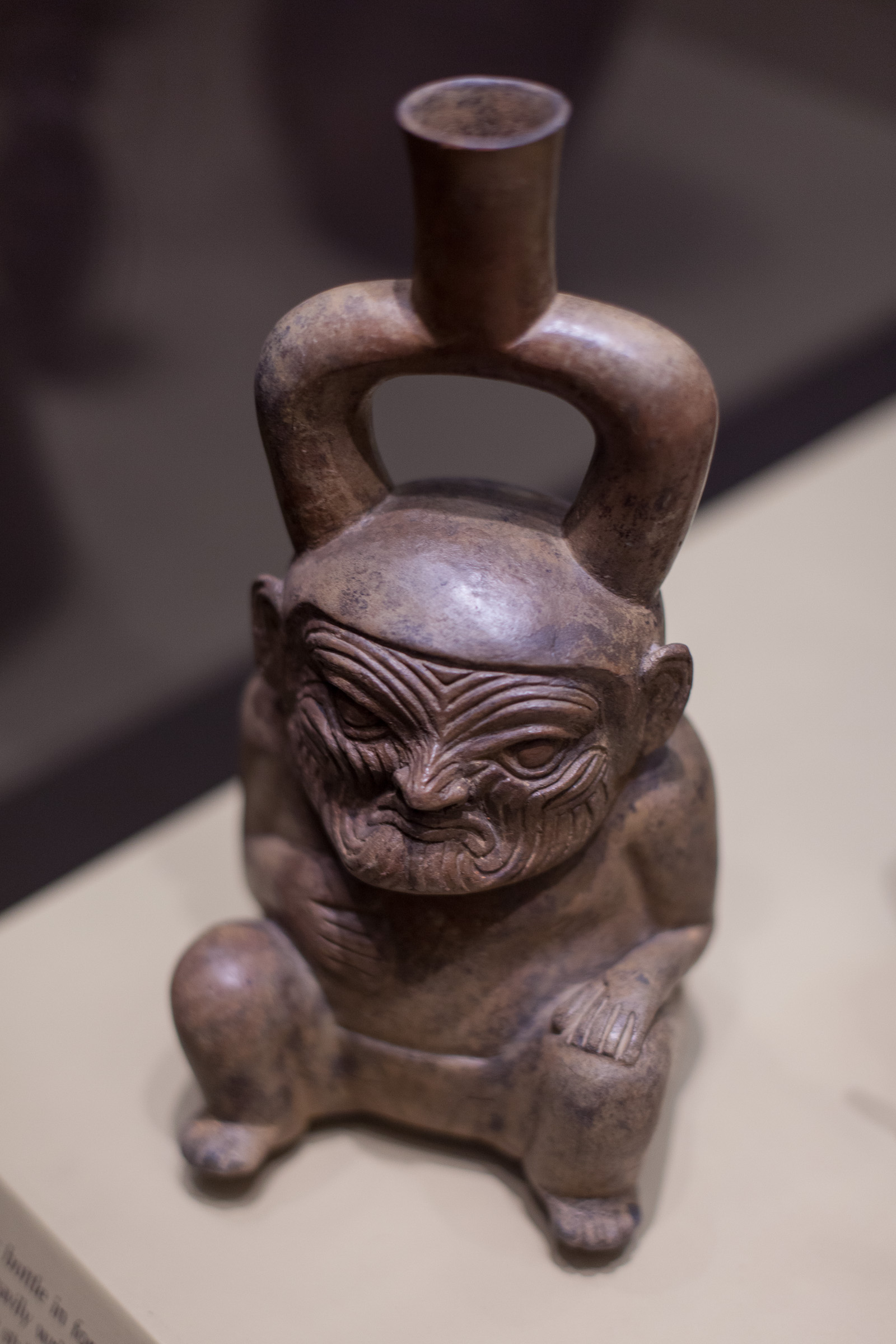American Museum of Natural History, NYC

Visiting the AMNH was an incredible experience and it brought back memories of the old Melbourne museum which had a similar atmosphere- albeit on a much smaller scale. Melbourne had a very traditional museum with roman columns out the front, thousands of mysterious objects in glass cases in darkend rooms with little descriptive plaques that strived for objectivity and scientific formality.
In my short lifetime I’ve watched that sort of treatment of history become a product of history. And modern trends in history curatorship have not always been an improvement on the old. Modern museums seem to be engaged in a desperate struggle for relevancy to the widest audience possible and, when that fails, they generally try to turn their permanent exhibitions into simplified edu-tainment for youngsters with touch-pool interactive displays and colourful animated video screens at every turn.
I can’t fault the people who run museums for trying to make the material accessible to children but I think the mentality behind many of these changes is somewhat patronising to kids and cheapens the experience for adults. The recent Mesopotamia exhibition in Melbourne really tried to emphasize the similarities between Assyrian day to day life and our own. In the process it omitted countless fascinating (but rather dark) aspects of their culture.
Certain civilisations like the Assyrians and the Aztec are fundamentally alien and, in trying to draw parallels at every turn, you’re doing a disservice to the children who want to learn about the history and you’re denying them some of the wonder that you get when you realise for the first time just how different human societies can be from one another.
Added to this is a modern tendency to use museums to redress painful colonial histories and counteract decades of racist and unseemly depictions of ancient and primitive peoples. The result has been a shift in focus from the facts and anthropological details to the stories and experiences of ancient cultures. In some cases this has given us a rose-tinted version of history that diminishes the value of modern civilisation and, at the same time, fails to do justice to the ancient cultures that visitors came to learn about. A talk by Steven Pinker at one of the recent TED conferences highlights one myth that is perpetuated by the overly sensitive stance taken by museum curators and educators in recent years.
There’s a good run-down of this debate written by Des Griffin- a retired Austalian Museum director- on his website. In it he quotes the chief art critic of the New York Times, Michael Kimmelman who said;
“museums are at a crossroads and need to decide which way they are going. They don’t know whether they are more like universities or Disneyland, and lurch from one to the other”
I think the American Museum of Natural History strikes a good balance between making the art and artefacts accessible while still maintaining credibility and a scholarly approach to history.







Leave a Reply